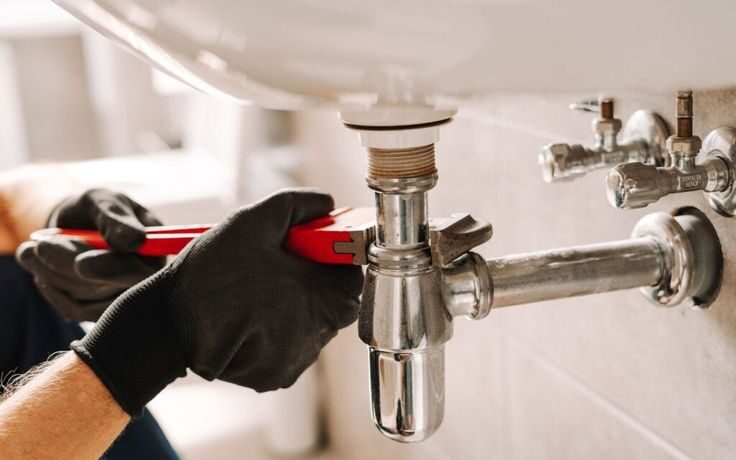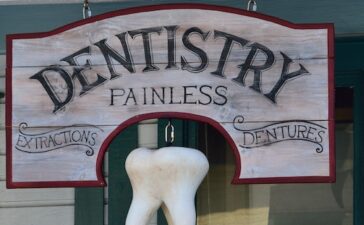The last thing that anybody wants when it comes to plumbing is an untidy, disruptive remodeling of their pipes. Introduce enter pipe relining- a game changer and a solution to the life cycle of old infrastructure which does not require an excavation. As modern innovations alter the way we go about fixing plumbing, it is unsurprising that both homeowners and contractors are turning to pipe relining supplies as a viable and cost efficient solution.
You can simply imagine that you can rehabilitate your pipes and cause as little harm to your property as possible. Pipe relining not only is time saving, but can also be more durable as compared to the conventional methods. With the growth of technology, materials and techniques of doing this process also get advanced- it is now easier than ever to go to any bother fixing those vexations of leaks or blockages. We would like to take a closer look at what makes pipe relining such a thrilling phenomenon in the modern world of plumbing!
Traditional Plumbing vs. Pipe Relining
Conventional techniques of plumbing can be associated with an extensive excavation. This may upset landscaping and make a mess that will be time consuming to clean. It is a time consuming process and typically involves various tools and expert labor power.
Pipe relining on the other hand is a modern solution that does not entail any excavation. It entails the insertion of a liner in the existing pipes to form a new durable inner-surface. This reduces inconvenience and is normally faster.
The two methods can also have large cost differences. The conventional plumbing can also be expensive in terms of labour and cost of restoration after excavation. On the other hand, in most instances, relining is cheaper to do because it saves time on the total project time.
In addition, conventional repairs may fail to solve underlying problems, resulting in re-occurrence of problems in the future. Long-term effects of pipe relining are that it seals leakages and, it strengthens deteriorated pipelines in just a single process.
Types of Pipe Relining Supplies
In terms of pipe relining supplies, there are different supplies which are very important in making it efficient and lasting.
Epoxy resin is one of the most used materials. It is a widespread material that bonds with the existing pipes forming a smooth lining that is resistant to corrosion and leaks. It is popular due to its fast drying rate also.
Next there is the felt liner that is used as a flexible surface onto which resin is applied. These liners are designed in such a way that they fit the shape of the old pipes, and they are made of durable fabrics, which are perfect when it comes to complex plumbing systems.
On bigger projects or a sizable situation of repairs of damage, you may find CIPP (Cured In Place Pipe) kits. All these complex packages consist of all the necessary products to install efficiently, resins, liners, and even the special equipment.
And bladder technology! Bladders facilitate the inflation and fixation of linings during curing processes keeping in touch with linings of inner pipes. This will guarantee uniformity of distribution of materials in the damaged area.
Innovative Technologies for Pipe Relining
With the latest technologies, pipe relining has taken a new shape. It is no longer about repairing the leaks but making the whole plumbing experience better.
Trenchless technology has become one of the most interesting developments. This reduces excavation as your landscape is not disturbed and it can be repaired so fast. It avoids a lot of trouble and it reduces the labor expenses.
Moreover, intelligent sensors are also very important in checking the state of the pipes. These devices will give real-time information on structural integrity, which will enable the plumbers to solve their possible problems before they become expensive.
Moreover, the new epoxy resin technologies have enhanced the bonding strength and longevity. New formulations can also be used with the advantage of shorter curing time and an increase in resistance to harsh chemicals present in wastewater systems.
Such technological advances are transforming the way we undertake pipe repairs and maintenance, as it is now efficient than ever. These tools at their disposal allow plumbers to produce high-quality work with longer-lasting results than would have been accomplished by traditional methods.
How to Use and Install Pipe Relining Supplies
Proper planning is important when it comes to using and installing the pipe relining supplies. Begin with an evaluation of the current pipes. This is done to identify the type of relining material to be used in the most effective way.
After getting all your supplies you need to clean up. Debris and blockages can be cleared by high-pressure water jetting or mechanical rodding. A smooth surface will guarantee the lining material has more adhesion.
The second step is to measure the length of a pipe that requires repair. Trim the liner of your choice to suit, and make sure it fits snugly inside the broken portion of pipe. At this stage, it is important to adhere to instructions of the manufactures.
Once you have everything prepared you will need to either apply an epoxy resin or a felt liner depending on what you have chosen. This will usually entail putting a flexible tube that is covered with resin inside the existing pipeline and inflating it directly against the walls.
Having all this, it is important to give time to cure as per product instruction. After the cure, inspect your work with the help of video inspection technology (when it is possible) to feel confident that the repairs have been successful.
Reconnect any plugged plumbing and reinstate function step by step tracking of leakages over the next days or weeks after installation is completed successfully.
Modern pipe relining helps to not only make the repair process smooth but will greatly increase the life of your plumbing system in the right hands!





